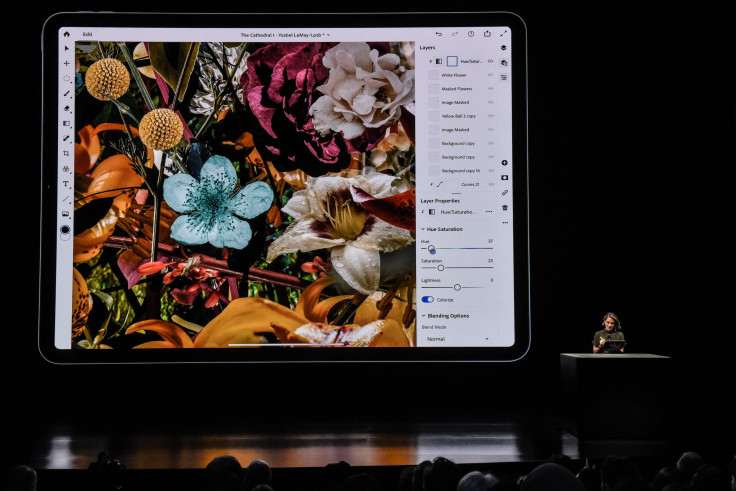Apple Pencil Revamp: New Feature Could Enable Hover-Based Gestures In iPads

A new patent reveals Apple’s plans to enable hover-based gestures in future iPhones and iPads.
According to a report from Apple Insider, Apple is looking into the possibility of having a touchscreen that doesn’t require a finger or stylus to work. This technology simply requires users to put their fingers or styluses at a comfortable distance from the display. This allows users to use their devices in situations where touching the screen is unwise.
The technology, or the idea behind it, is described in detail in a patent titled “Devices, methods, and user interfaces for interacting with user interface objects via proximity-based and contact-based inputs.” Apple filed it way back in Sept. 21, 2017, but it was only granted to the tech company recently on June 11, 2019.
Touch but don’t touch
Traditionally, smartphones, tablets and other devices that made use of a touchscreen for an input device relied on “touches” or “gestures” made on the screen itself. While the technology allows for precise input, there are situations where touching the screen to make the device do something would prove unwise or impossible.
These situations, like when the user is working with his hands on some dirty job like working on the car engine, or cooking food in the kitchen, are those times when it’s uncomfortable or unwise to use the touchscreen device.
Sure, voice assistants like Siri are helpful in these instances, but sometimes it’s better to personally touch the device to get something done. Apple’s new patent aims to solve this problem by allowing users to make gestures or “touch” the device without having to actually touch the display.
Hovering and actual touching combined
In the patent, Apple acknowledges that some touchscreen displays already have this kind of technology where users simply have to put their fingers or styluses at a short distance from the screen, but these technologies aren’t effective at combining detection of hovering elements and elements that actually touch the display.
This patent is meant to solve that problem as well.
Apple’s new solution works by using one or more sensors to detect whether an Apple Pencil or finger is placed above the iDevice. These sensors will detect the distance, the angle at which the element is placed or pointing to, and the element’s “intensity” of contact with the display.
Although this patent is already approved, there’s no guarantee that it will be fully developed and included in an Apple device.

© Copyright IBTimes 2025. All rights reserved.





















